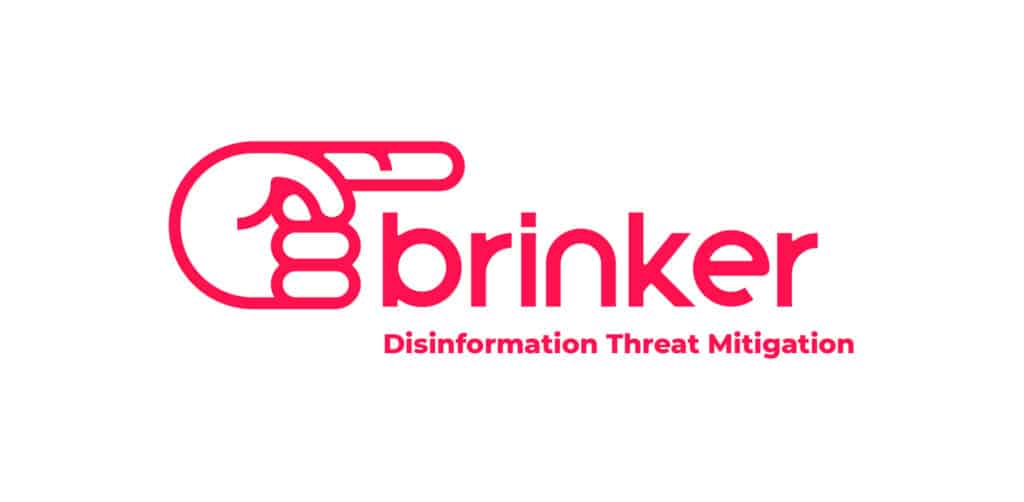The New York Times claims that the U.S. National Security Agency used intelligence gleaned from a clandestine operation to compromise North Korea’s cyber warfare unit to pin the blame for the Sony Pictures Entertainment hack on the reclusive Communist country. According to the story by David Sanger and Martin Fackler, the Obama Administration’s decision to quickly blame the hack on the DPRK grew out of a four year-old National Security Agency (NSA) program that compromise Chinese networks that connect North Korea to the outside world. The classified NSA program eventually placed malware that could track the internal workings of the computers and networks used by the North’s hackers and under the control of the Reconnaissance General Bureau, the North Korean intelligence unit, and Bureau 121, the North’s hacking unit, which mostly operates out of China. It has long been recognized that North Korea, which lacks a mature information technology infrastructure, does much of […]
Tag: malware
Banking Trojans Pose as SCADA Software to Infect Manufacturers
Dark Reading’s Kelly Higgins has a report about a discovery by a security researcher who has identified a worrying new trend: banking malware that is posing as legitimate ICS software updates and files in order to compromise systems that run manufacturing plants and other facilities. Higgins writes about research by Kyle Wilhoit, senior threat researcher with Trend Micro. Wilhoit claims to have found 13 different crimeware variants disguised as SCADA and industrial control system (ICS) software. The malware posed as human machine interface (HMI) products, including Siemens’ Simatic WinCC, GE’s Cimplicity, and as device drivers by Advantech. [Read more Security Ledger coverage of threats to SCADA and industrial control systems here.]The attacks appear to be coming from traditional cybercriminals rather than nation-state attackers. The motive, Wilhoit theorizes, is to make money, possibly by harvesting banking credentials or other financial information. Malicious software that can operate in industrial environments and critical infrastructure settings is an […]
Senator Warns of DHS Struggle with Cyber Security
U.S. Senator Tom Coburn (R-OK) used his final days in office to warn that the U.S. Department of Homeland Security (DHS) is struggling to fulfill its mission to protect the nation from cyber attack. The report, “A Review of the Department of Homeland Security’s Missions and Performance,” (PDF) was released on Saturday, as the retiring Senator from Oklahoma was leaving office. In it, the outgoing Senator said that DHS’s strategy and programs “are unlikely to protect us from the adversaries that pose the greatest cybersecurity threat.” The warnings on DHS cyber operations were part of a larger critique of the Department in the report, in which Coburn called on reforms of Homeland Security focused on accountability and streamlining. Despite spending $700 million annually on a range of cybersecurity programs, Coburn said it is hard to know whether the Department’s efforts to assist the private sector in identifying, mitigating or remediating cyber […]
Cat and Mouse: Web Attacks Increasingly Sidestep WAF Protections
Recently, the Akamai Threat Research Team unveiled a unique distributed brute force attack campaign targeting nearly five hundred WordPress applications. What’s interesting about this campaign? It clearly demonstrates how Web attackers are becoming more sophisticated, attempting to evade security controls – specifically Web Application Firewalls (WAFs) and rate control protections. A Short Primer to Brute-Force Attacks Brute force Web attackers attempt to gain privileged access to a Web application by sending a very large set of login attempts, within a short period of time. Using volumetric single source of attack is easily mitigated by blacklisting. Today’s brute force attacks are typically characterized by volumetric attacks coming from distributed IPs. In this way, if the attacker’s source IP is detected, they can still continue with the attack campaign by switching a source IP. As part of this cat-and-mouse evolution, WAFs are enhanced with several rate control measures that detect and block […]
The Moral of Sony: Ignoring Cyber Risk Can Be Fatal
Mark Anderson over at IEEE Spectrum has a nice article today on “How Not To Be Sony Pictures.” His argument: corporations can no longer afford to be cavalier about cyber security. Accordingly: they need to do much more than simply spot threats. “Any organization that thinks cybersecurity is as simple as installing and regularly updating their anti-virus software risks similar nightmare scenarios as what Sony Pictures now stares down.” – Mark Anderson, IEEE Spectrum. Anderson notes this blog post, by Fengmin Gong, the chief strategy officer and co-founder of Cyphort Security. Gong argues that the sheer scale and complexity of connected devices requires a new attitude towards protecting critical data and assets. “The new approach today that people have shifts away from prevention — which everyone knows is not achievable — to a focus on attack sequence and consequence,” Gong writes. What does that mean? Gong and Anderson are […]






